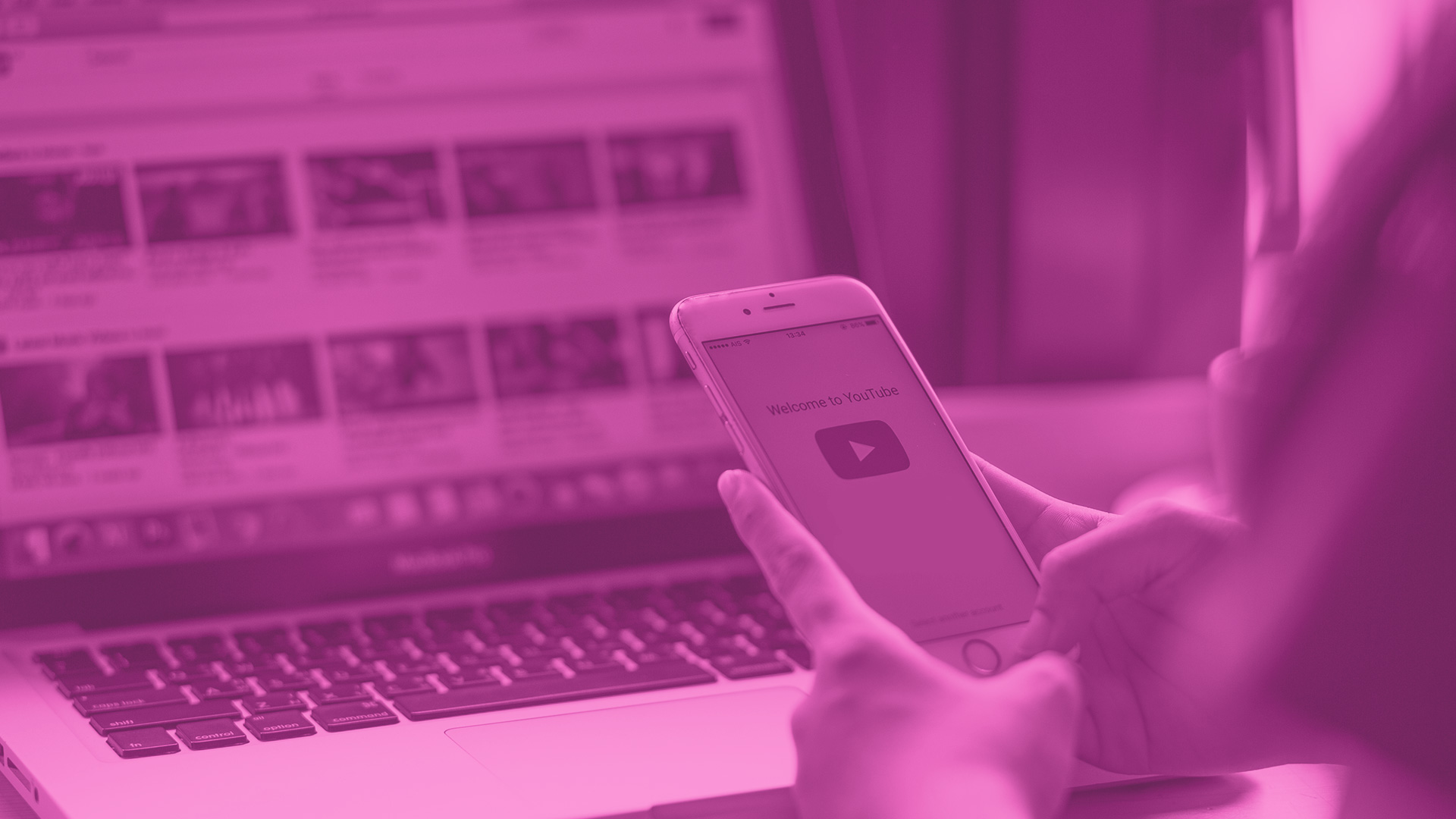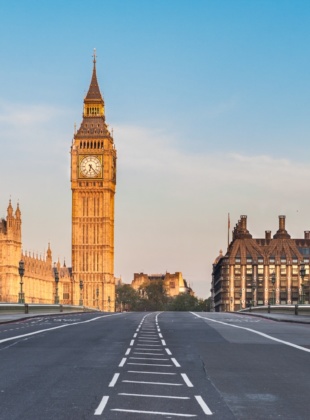Brand expert view – YouTube

The best part about YouTube is that it plays a significant role across a variety of needs (entertainment, education, information). The worst part about YouTube is trying to understand what it really stands for.
YouTube’s mission is to “give everyone a voice”, which means it needs to position itself as a democratiser. The real question is, where is the biggest growth opportunity for them to express that position for the next decade? Education and information are important categories that have not been fully cracked in the digital economy, but they are still dominated by legacy names and complex bureaucracies. You may have read the full Oxford University curriculum through the internet, but that doesn’t carry the same labour market value of having the actual graduation paper. So, YouTube’s biggest opportunity is around entertainment.
But entertainment is its own beast. Full of opportunities but also threats. Without going vertical by vertical, we can broadly split the market based on content type (more usergenerated content or more professional) and consumption mindset (shorter-form when browsing, longer-form when leaning back). This can help us understand YouTube’s range of competitors, which today might go from TikTok and Snapchat (shorter UGC), to Netflix, Apple and Amazon (longer and professional), to Twitch (longer UGC) and possibly Quibi (shorter and professional). From a pure brand association point of view, YouTube is not directly competing with the streaming wars, but the reality is more time spent on streaming will erode time spent on YouTube, and that’s a business problem that will never fully go away.
This range of competitors is why YouTube has a range of competing strategic imperatives: first, to develop the next generation of creators (in terms of their presence but also monetisation options); second, to retain the current range of creators (through, for example, exclusive contracts); third, to diversify its own business model via paid subscriptions, especially through a growing music catalogue and original video content.
By virtue of its size and position as a democratiser, YouTube is now under constant pressure to stay open to everyone, without pissing anyone off (a battle it shares with any platform powered by user content). The rise of misinformation practices, conspiracy theories and deep fakes also have made brand safety a hot topic again (though it never really went away).
This is why YouTube needs to double down on its role as a democratiser. It needs to continue showing it’s a credible and safe platform for all brands, while retaining its sense of vibrancy in popular culture in order to continue attracting creators and retain users. By doing this, it will be able to continue justifying ad spend (the lion’s share of its revenue and profit), increase its quality perception to justify more premium subscriptions (a possible long-term bet), and reinforce its position as a powerhouse of both mainstream, vertical-specific and emerging cultural narratives.
Download the full report at www.mostconnectedbrands.com





